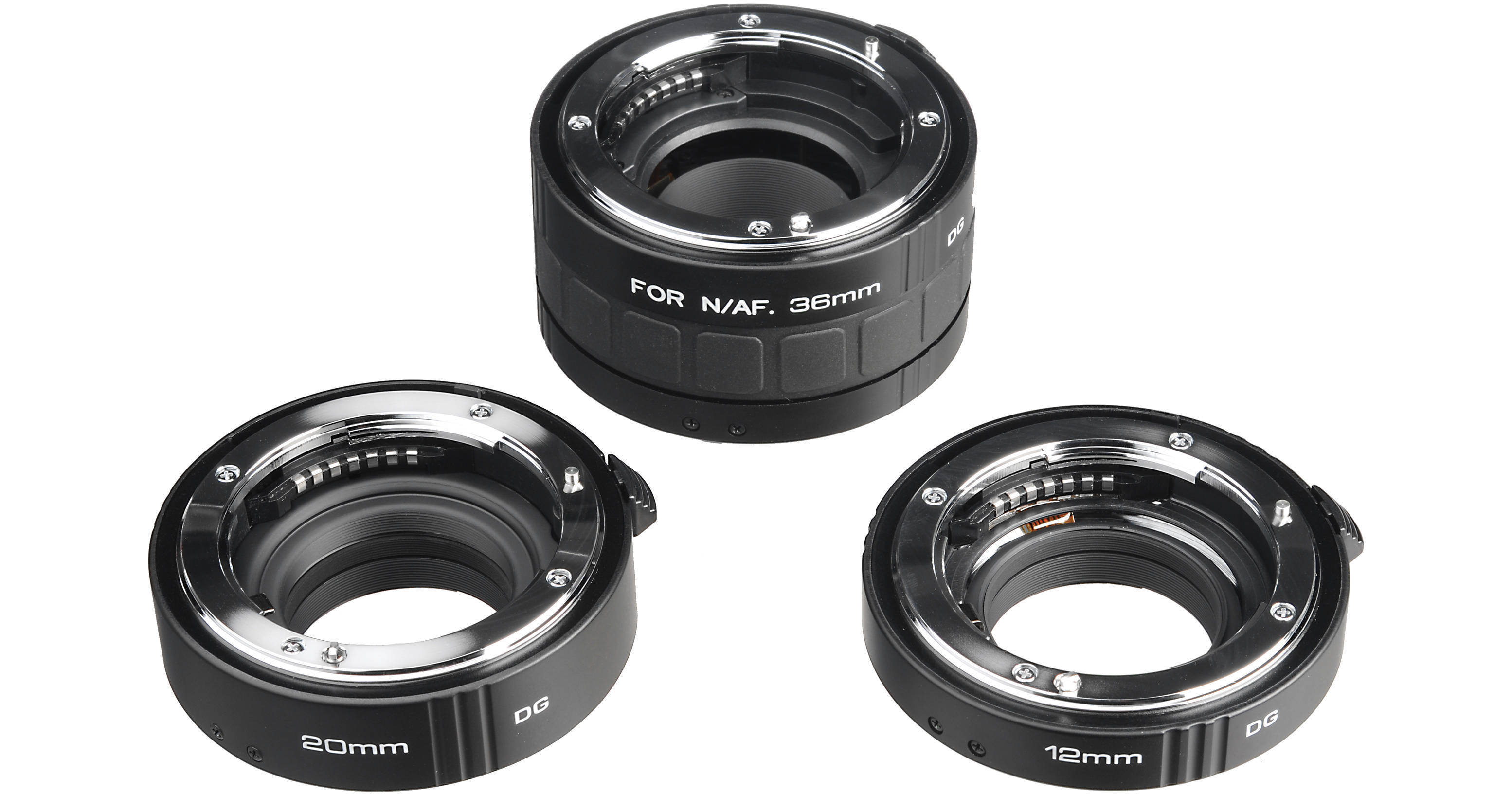Well, if you just need to get "it" bigger in your viewfinder and you are beyond the minimum focus distance of your lens you can use a TC

.
But the main thing is that with extension tubes you reduce the minimum focussing distance given by the lens .
By doing that, longer lenses with a minimum focus distance that is already relatively small - like the 300PF - can give really nice combos especially for subjects that are still able to escape on their own and thus require a bit bigger distance

.
I would like to get metal rings with a full set of contacts - just to be able to say I don't use plastic

- but on the other hand the plastic ones I got are quite usable. They don't even have a name on them, but by comparing them to those from MEIKE, KENKO etc. they look so similar that I would assume they just buy the same rings somewhere and just label them.
The plastic itself is usually not an issue. The wall thickness is usually big enough and considering that many parts even on higher end lenses are made of plastics today it can'T be that bad. I also expected to get problems with leaving the gear in the sun, but even that doesn't seem to affect the functionality. It was interesting to observe that having my camera setup standing in the sun for a while the camera body and the lens tended to heat up significantly more than the plastic rings. From my perspective the main issue is the mount and the contacts:
- Where the ring meets the Nikon body, it has a very stiff metal partner on the other side and stability and contact will be o.k.
- Where the ring meets the Nikon lens, it is the samePLUS the little spring-loaded balls on the Nikon lenses are a bit bigger than those on the rings, they have stronger springs and have a bit more room to travel.
- Where one ring meets another one you have two partners that are just a little less stiff and if the tolerances of the mounts are just a tiny little bit bigger than on the Nikon parts, the smaller contact balls of the rings combined with their slightly weaker springs and the slightly smaller travel range, it can add up and you loose the contact between body and lens - not at the camera or the lens end but between the two rings.
Here's what I got: so far with my plastic:
- Any plastic ring (12mm, 20mm or 36mm) solo is fine,
- 12+36 or 20+36 is fine as long as the lens is supported and the weight hanging on the other side doens't exceed a gripped D750 or D7200,
- Using all three together doesn't work realiably as the longer lever causes the rings to loose contact between each other sometimes. Also the plastic rings make the entire setup much more sensitive to vibrations - not only because of the narrower fierld of view but purely mechanically.
There is also a plus to E type lense when it comes to use of more than of these rings and that is because of the aperture setting transmission.
When doing it mechanically and you have something in between the camera and the lens it adds some backlash to the "command chain" and it can be considerably higher for the cheap rings compared to Nikon parts, e.g. if you put in a TC-14E II or something similar.
O.k. that's my 2 cents so far .... happy "ringing" to everybody



